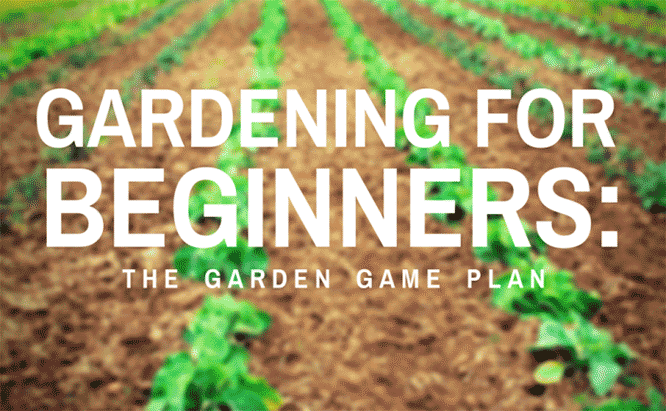
If you’ve made the decision to start your very first organic vegetable garden, congratulations are in order! Organic gardening has much to offer. You’ll have lots of delicious and nutritious fresh produce on hand for your family that you can share with your friends and neighbors. By growing your own vegetables instead of buying them at the store, you can lower your monthly food bills. Gardening is also great exercise, and you’ll have the satisfaction of watching something grow from the ground up.
As with any new venture, proper planning is the key to producing a thriving, bountiful garden. The following tips on “Gardening for Beginners” can help you get started on the right foot.

Start Small
It’s a good idea to limit the number and types of plants when you first begin gardening. As far as which plants you choose to grow, the options are virtually limitless. Tomatoes are a perennial favorite and are relatively easy to grow. Other popular first-time garden vegetables include carrots, peppers, spinach, cucumbers and squash. You can grow your vegetables from seed, although planting seedlings is often easier for beginners.
Finding the Ideal Location
When choosing a location for your garden, let the three “S’s” — sun, soil and source of water — be your guide. Most vegetables need plenty of sun to thrive, especially tomatoes, so choose a spot that receives six to eight hours of direct sunlight per day. Moist, well-drained soil works best, and adding organic compost can significantly improve soil quality. You’ll also want your garden to be close to a source of water, especially if you live in a hot, dry climate.
You don’t need a huge plot of land to start a garden. A 12’ x 16’ area can offer enough space for a few tomato plants and other vegetables, and even a few flowers.
Row Planning
Use a piece of graph paper with ¼” squares to plan the layout of your garden. Each square will represent one square foot. This can help you plot the exact location of each plant.
Vegetable gardening typically entails arranging the plants in rows. A good rule of thumb to follow is to plan your rows so they are approximately 18 inches apart — this gives you ample room to move between the rows when tending to your plants. Creating larger gaps between the rows can detract from your garden’s aesthetic appeal. Place taller plants, such as tomatoes, on the north end of your garden. Each row should consist of beds that are approximately three feet wide.
Maximizing the Appearance of Your Garden
Your garden doesn’t have to be limited to vegetables only. You can significantly improve the appearance of your garden by mixing a few flowers into your design. Make sure you do some research on companion planting with flowers and vegetables. Some pairings benefit each other, while others may not mix well. Additionally, look up which types of flowers will attract beneficial garden insects – or deter garden pests.
Using Disease Control Solutions Such as Tomato Fungicides
Applying tomato fungicides on a regular basis can prevent fungus and diseases that can jeopardize the health of your plants. Safer® Brand offers fungicides for tomatoes that are compliant for use in organic production and are also beneficial for other vegetables while helping to ensure your very first garden is a healthy and productive one.



